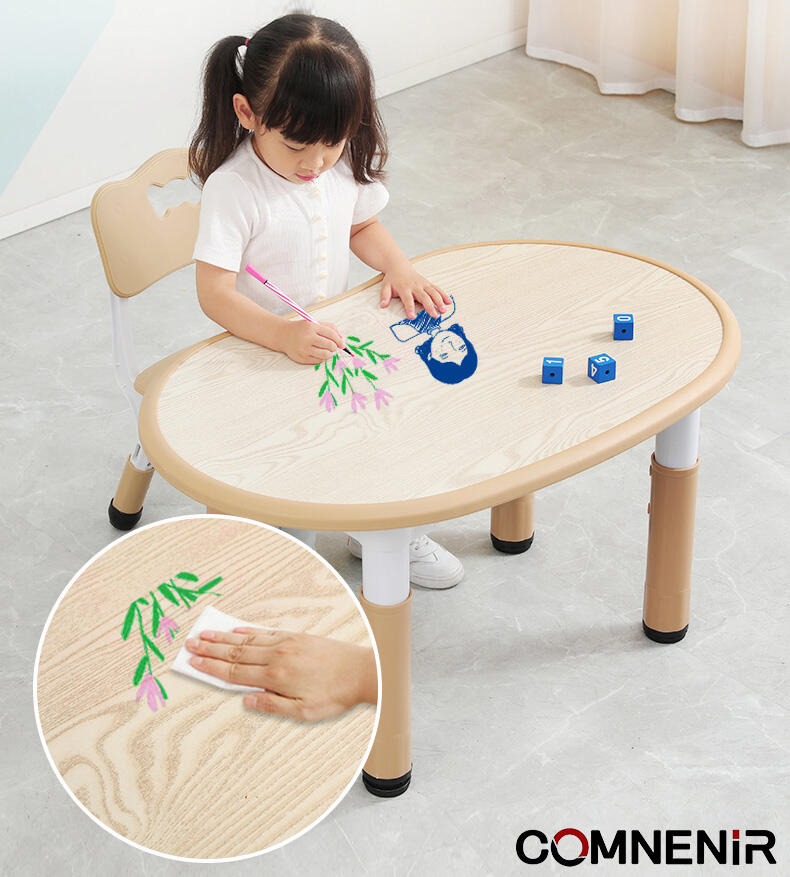chemical lab furniture
Chemical lab furniture represents a fundamental component of modern laboratory infrastructure, designed to meet the rigorous demands of scientific research and experimentation. These specialized pieces incorporate advanced materials and engineering principles to create safe, efficient workspaces. The furniture typically includes lab benches, fume hoods, storage cabinets, and specialized workstations, all constructed with chemical-resistant materials such as phenolic resin, epoxy resin, or stainless steel. Each piece is engineered to withstand harsh chemicals, high temperatures, and heavy daily use while maintaining structural integrity. Modern chemical lab furniture often features modular designs that allow for flexible configuration and easy integration of utilities like gas, water, and electrical connections. Safety features are paramount, including acid-resistant surfaces, rounded edges to prevent injury, and built-in containment systems for spills. The furniture also incorporates ergonomic design principles to enhance researcher comfort and productivity during long laboratory sessions. Advanced storage solutions include specially designed cabinets for hazardous materials, featuring ventilation systems and safety locks. These furnishings comply with international safety standards and regulations, ensuring a secure working environment for laboratory personnel.


